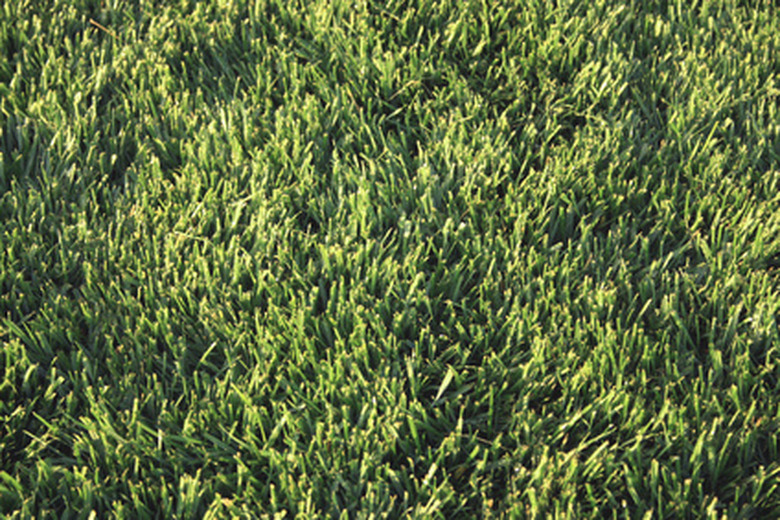The Best Time To Plant Grass Seed In Tennessee
According to the University of Tennessee Extension website, home lawns average 24,000 square feet and account for 70 percent of total turfgrass area in the state. Planting your lawn at the right time can help it stand out from the neighbors'.
Grass Type
Tennessee falls into the "transitional zone," where neither cool-season grasses nor warm-season grasses consistently thrive. American Lawns recommends cool-season grasses like fescue, zoysia and bluegrass as being the most consistent throughout the state, but also notes that warm-season grasses like Bahia and Bermuda grass may do well in the lower elevations.
Planting
Sow cool-season grass seeds from late August to mid-October so they have the advantage of two cool growing cycles before the next summer sets in. Warm-season grasses are best grown from sprigs or plugs, which should be planted in May or June to give them the benefit of the full summer to become established.
Soil
Use a soil test kit to determine the pH and nutrient content of your soil. If you pH is below 6.0, work lime into the soil before planting seed. If your nitrogen balance is off, apply a starter fertilizer to the soil before planting, then again about six weeks after germination.
References
- University of Tennessee Institute of Agriculture Extension: Tennessee Turfgrass–Home and Commercial Lawns
- University of Tennessee Institute of Agriculture Extension: Tennessee Turfgrass–Turfgrass Establishment
- University of Tennessee Institute of Agriculture Extension: Tennessee Turfgrass–Turfgrass Maintenance
- American Lawns: Types of Grasses Found in America
